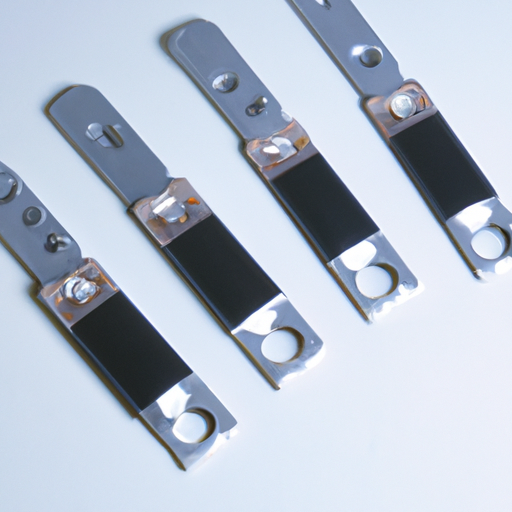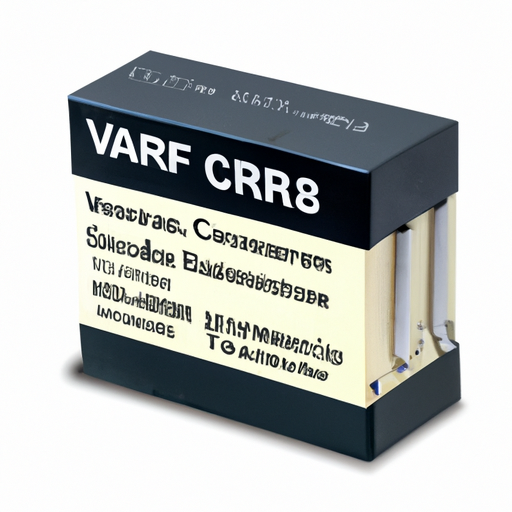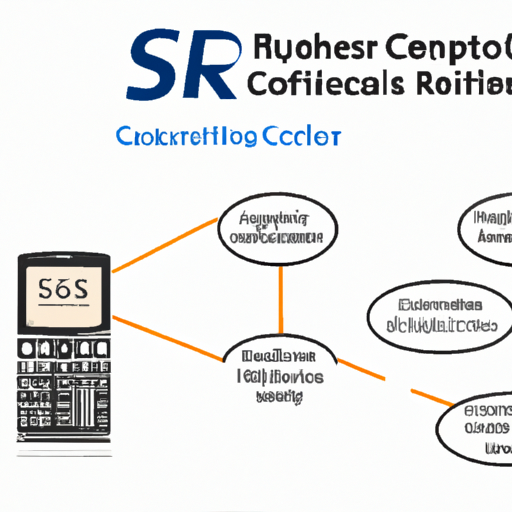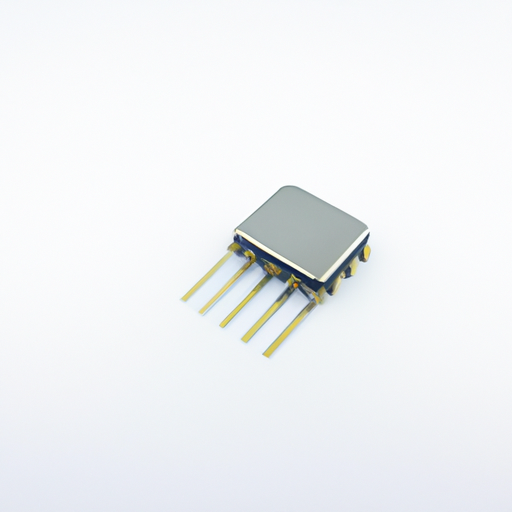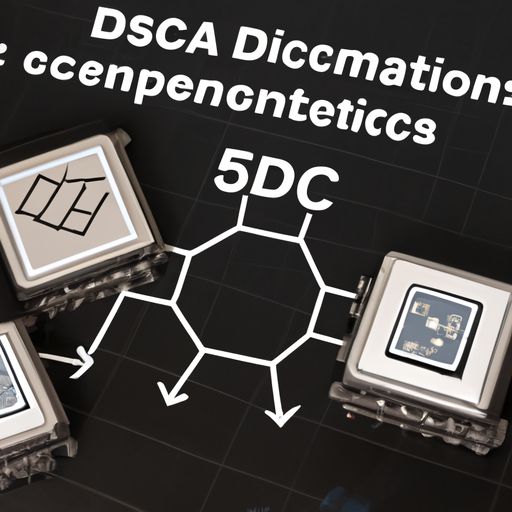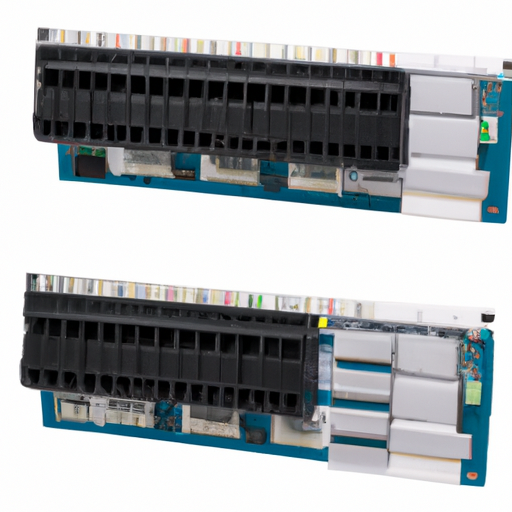The Production Process of Mainstream Grounding Resistors
I. Introduction
Grounding resistors play a crucial role in electrical systems, ensuring safety and reliability. These components are designed to limit fault currents and stabilize voltage levels, making them essential in various applications, from industrial plants to renewable energy systems. Understanding the production process of mainstream grounding resistors is vital for appreciating their importance and functionality in electrical engineering.
II. Understanding Grounding Resistors
A. Purpose and Function
Grounding resistors serve two primary functions: voltage limitation and fault current management. When a fault occurs in an electrical system, grounding resistors help to limit the amount of current that can flow through the ground, protecting equipment and personnel from potential hazards. By controlling the fault current, these resistors also help to maintain system stability, ensuring that voltage levels remain within safe operating ranges.
B. Types of Grounding Resistors
Grounding resistors can be categorized into three main types:
1. **Fixed Resistors**: These resistors have a predetermined resistance value and are commonly used in applications where the fault current is predictable.
2. **Variable Resistors**: These allow for adjustments in resistance, making them suitable for applications where fault conditions may vary.
3. **Specialty Resistors**: Designed for specific applications, these resistors may incorporate unique materials or configurations to meet particular performance requirements.
III. Raw Materials Used in Production
The production of grounding resistors involves various raw materials, each selected for its specific properties.
A. Conductive Materials
1. **Copper**: Known for its excellent conductivity, copper is often used in the fabrication of resistor elements. Its ability to handle high currents makes it a preferred choice.
2. **Aluminum**: While not as conductive as copper, aluminum is lightweight and cost-effective, making it suitable for certain applications.
3. **Carbon**: Carbon-based materials are used in specialty resistors due to their high thermal stability and resistance to corrosion.
B. Insulating Materials
1. **Epoxy Resins**: These materials provide excellent insulation and protection against environmental factors, ensuring the longevity of the resistor.
2. **Ceramics**: Used for their high dielectric strength, ceramics are often employed in high-voltage applications.
C. Other Components
1. **Connectors**: Essential for integrating the resistor into electrical systems, connectors must be durable and reliable.
2. **Housing Materials**: The outer casing of grounding resistors is typically made from robust materials that can withstand harsh environmental conditions.
IV. The Production Process
The production of grounding resistors involves several key steps, from design to final assembly.
A. Design and Engineering
The process begins with design and engineering, where specifications and standards are established. Engineers use Computer-Aided Design (CAD) software to create detailed models of the resistors, ensuring that they meet industry requirements and performance criteria.
B. Material Preparation
Once the design is finalized, the next step is material preparation. This involves sourcing high-quality raw materials and conducting thorough quality control checks to ensure that they meet the required standards. Material processing may include cutting, shaping, and treating the materials to enhance their properties.
C. Manufacturing Steps
1. **Resistor Element Fabrication**:
- **Cutting and Shaping**: Conductive materials are cut and shaped into the desired forms for the resistor elements. Precision is crucial at this stage to ensure accurate resistance values.
- **Resistance Value Calibration**: After shaping, the resistor elements undergo calibration to ensure they meet the specified resistance values. This may involve adjusting the dimensions or applying additional treatments.
2. **Assembly**:
- **Component Integration**: The resistor elements are integrated with other components, such as connectors and insulating materials, to form a complete unit.
- **Soldering and Welding**: Connections are secured through soldering or welding, ensuring that the components are firmly attached and capable of handling electrical loads.
3. **Insulation and Housing**:
- **Application of Insulating Materials**: Insulating materials are applied to protect the resistor elements from environmental factors and electrical interference.
- **Enclosure Design**: The final assembly is enclosed in a protective housing, designed to withstand mechanical stress and environmental conditions.
D. Quality Assurance
Quality assurance is a critical aspect of the production process. Various testing procedures are conducted to ensure that the grounding resistors meet industry standards and performance specifications. This may include electrical testing, thermal testing, and environmental testing to simulate real-world conditions.
V. Finalization and Distribution
Once the grounding resistors pass quality assurance, they move to the finalization and distribution phase.
A. Packaging
1. **Protective Measures**: Grounding resistors are packaged with protective measures to prevent damage during transportation. This may include cushioning materials and moisture barriers.
2. **Labeling and Documentation**: Each package is labeled with essential information, including specifications, safety warnings, and compliance certifications. Documentation is provided to ensure that customers have all the necessary information for installation and use.
B. Distribution Channels
Grounding resistors are distributed through various channels, including:
1. **Direct Sales**: Manufacturers may sell directly to end-users, providing tailored solutions and support.
2. **Wholesale and Retail Partnerships**: Many manufacturers partner with wholesalers and retailers to reach a broader audience, ensuring that grounding resistors are readily available in the market.
VI. Conclusion
Grounding resistors are vital components in electrical systems, providing safety and stability. Understanding the production process—from raw material selection to final distribution—highlights the complexity and precision involved in creating these essential devices. As technology advances, the manufacturing of grounding resistors is likely to evolve, incorporating new materials and techniques to enhance performance and reliability.
VII. References
1. Industry Standards and Guidelines: IEEE, IEC, and other relevant organizations provide standards for grounding resistors.
2. Academic Journals and Articles: Research papers on electrical engineering and grounding systems offer insights into the latest developments in the field.
3. Manufacturer Resources and Case Studies: Many manufacturers publish case studies and technical resources that detail their production processes and innovations in grounding resistor technology.
In summary, the production of mainstream grounding resistors is a meticulous process that combines engineering expertise, quality materials, and rigorous testing to ensure that these components perform reliably in critical electrical applications. As the demand for safe and efficient electrical systems continues to grow, so too will the importance of grounding resistors in safeguarding our infrastructure.

